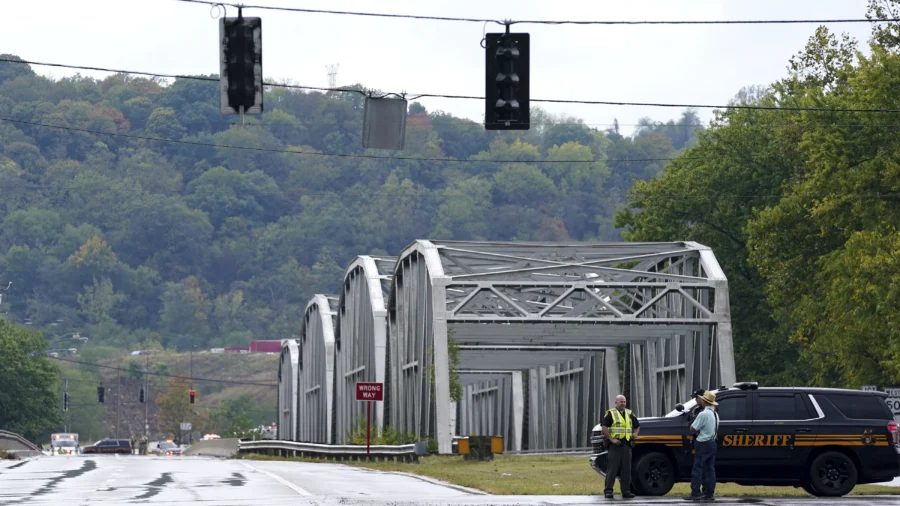CLEVES, Ohio—Students in school buildings and residents in neighboring homes were told to evacuate after a dangerous chemical began leaking from a railcar Tuesday near Cincinnati.
Aerial video showed firefighters spraying down the car, which was sitting upright on tracks between a highway and an asphalt plant.
Authorities said a pressure release valve on it was leaking styrene, a toxic and flammable chemical that is used to make plastic and rubber. It can cause headaches, nausea and respiratory issues, and long-term exposure can lead to more serious health problems including organ damage.
Hamilton County’s Emergency Management Agency advised anyone within a half-mile of the area near U.S. Route 50 and the Great Miami River, west of Cincinnati, to leave immediately. Residents just outside the evacuation area were told to stay inside and keep their windows closed.
The area has a mix of businesses, homes and large swaths of undeveloped land.
Three school buildings were evacuated and all after school events were canceled, said Lisa Whiteley, a spokesperson for the Three Rivers Local School District.
Tom Ciuba, a spokesperson for Central Railroad of Indiana, said it was notified Tuesday afternoon about a railcar near Cleves that was venting styrene. He said firefighters were at the site and environmental response agencies were mobilized.
Last year a train derailment on the opposite side of Ohio in East Palestine, about 300 miles northeast of Cincinnati, caused hazardous chemicals to leak and burn for days. The February 2023 derailment near the Ohio-Pennsylvania state line led to new safety rules and increased scrutiny of the rail industry and federal regulators.

